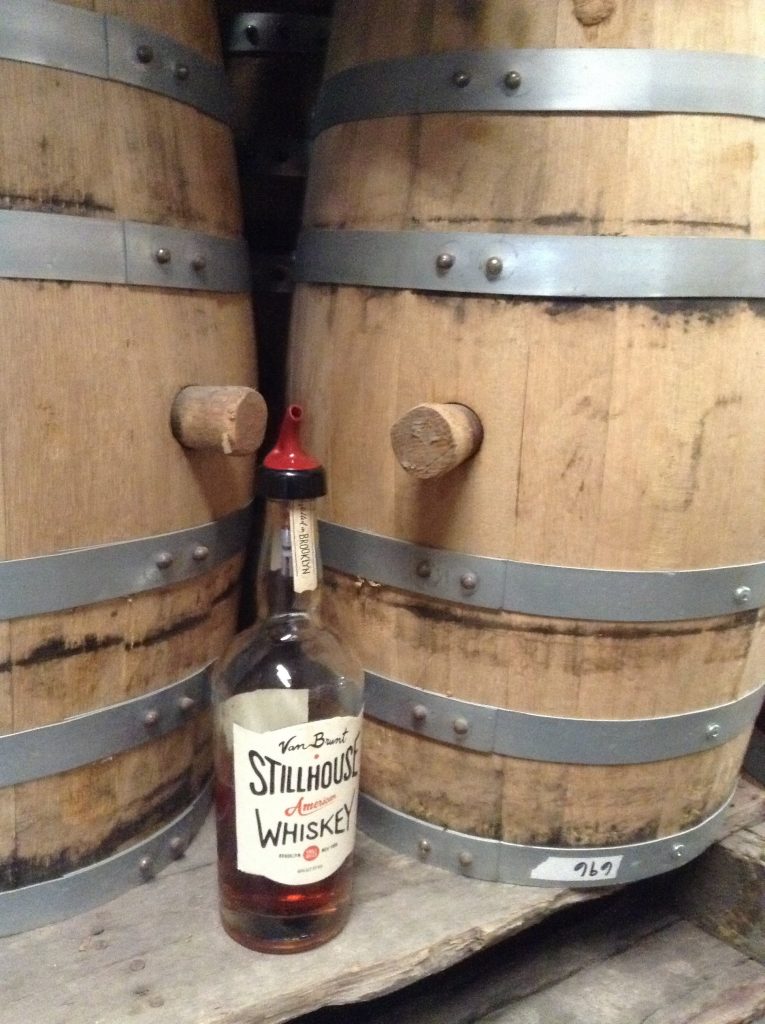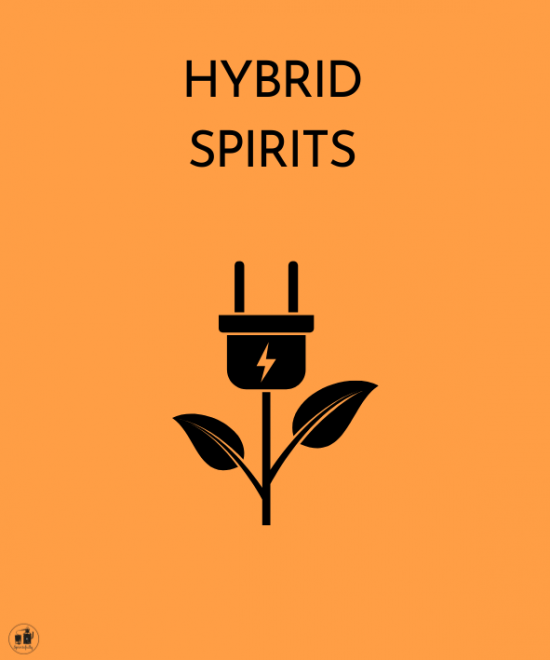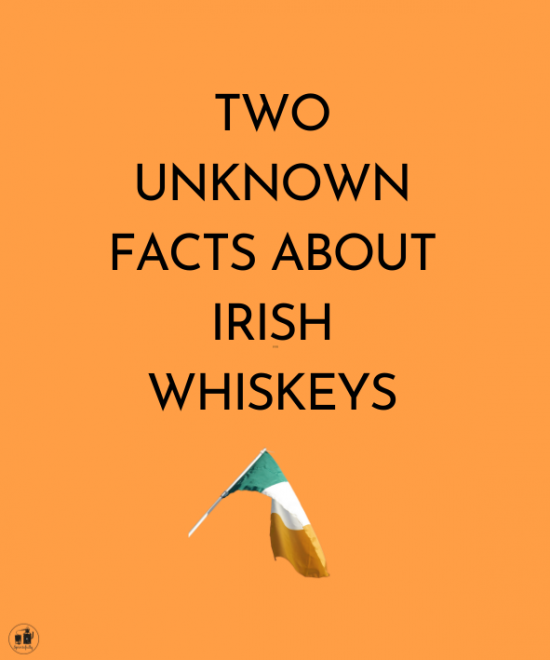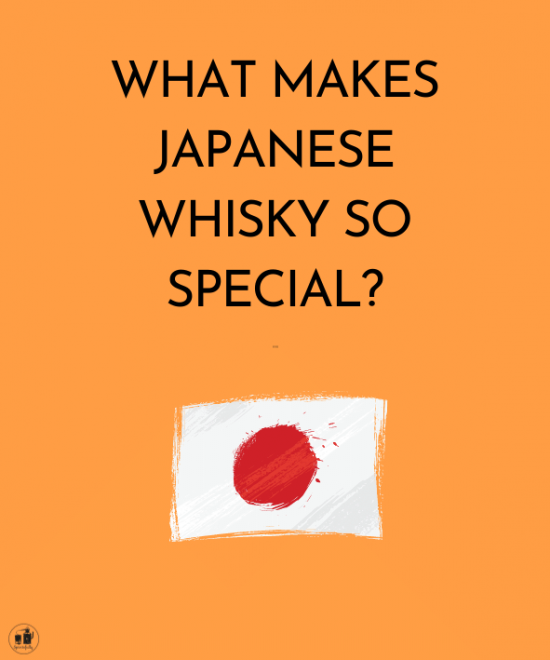As you may have noticed Spiritsfully is zooming on the world of whiskies these days. Today, let’s look at some practices that can be found in the US only!
A warning first:
- There are terms that are only found in the US, they have already been mentioned on the intro auction to whisky page because they correspond to differences between American and British English.
- There are some terms that only exist in the production of American whiskies because they correspond to a specific manufacturing process, for example for the backset process. However in a globalized world, you may also find producer in Germany using back set in his processes.

Lincoln county process
This is a type of filtration specific to Tennessee whisky production which consists of passing the white dog, the alcoholic and transparent liquid that remains after the second distillation, through layers of maple charcoal to soften the alcohol and give it the characteristic sweetness of the product.
Bourbon
Since 1964 Bourbon has had the following definition:* must be made in the United States* must contain 51% of corn at least* must not be distilled at more than 80%.* must not contain any additives (except water!).* must be aged in new 180 litre American oak barrels, burnt (“charred”) .Bourbon whose age is indicated on the label must be labelled with the age of the youngest whisky in the bottle (not counting the age of the neutral grain alcohol added in a so-called “blend” bourbon, as neutral grain alcohols are not considered as whisky according to the regulations and must not be aged at all).Most bourbon whiskies are sold at 80 US proof (40% abv.). There are also 86, 90, 94, 100 and 107 US proof, and whiskies up to 125 US proof can be sold. Some stronger bottlings are marketed as barrel proof, which means that they have not been diluted or have been diluted only very slightly after being extracted from the casks.Straight BourbonA bourbon can be called so if it has spent two years in the vat. In addition, any bourbon aged less than 4 years must indicate the age of the eau-de-vie on the bottle.




